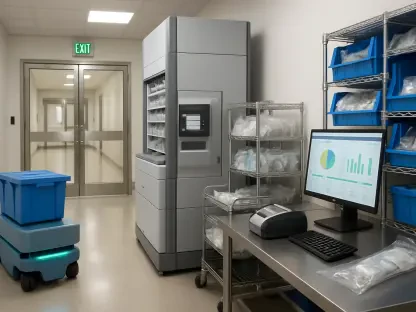The U.S. House of Representatives recently voted to extend telehealth flexibilities for Medicare and passed a continuing resolution funding the federal government through September 30. The vote, showing a 217-213 margin, highlights the political divide in healthcare and government funding issues.
This extension allows telehealth visits from various locations, such as the patient’s home, and includes more provider types, crucial for rural communities and during health crises. The continuing resolution prevents a government shutdown and supports several healthcare programs, including community health centers, Graduate Medical Education teaching health centers, and the acute hospital at home program. It also postpones Medicaid disproportionate share cuts and increases support for low-volume and Medicare-dependent hospitals.
The political divide was clear, with only one Republican, Rep. Thomas Massie, opposing the measure and one Democrat, Rep. Jared Golden, supporting it. The bill, backed by Republican appropriators and former President Donald Trump, faces further scrutiny in the Senate, needing 60 votes to pass.
Republican leaders argue that the resolution does not threaten significant healthcare programs like Social Security, Medicare, or Medicaid. In contrast, Democrats criticized its failure to protect and expand essential services, particularly highlighting the 2.83% Medicare physician pay cut and potential future Medicaid cuts.
Amid these debates, extending telehealth services represents a rare point of bipartisan agreement, especially for underserved communities. However, the disagreement over managing funds and protecting social services continues as the bill advances to the Senate for further consideration.









